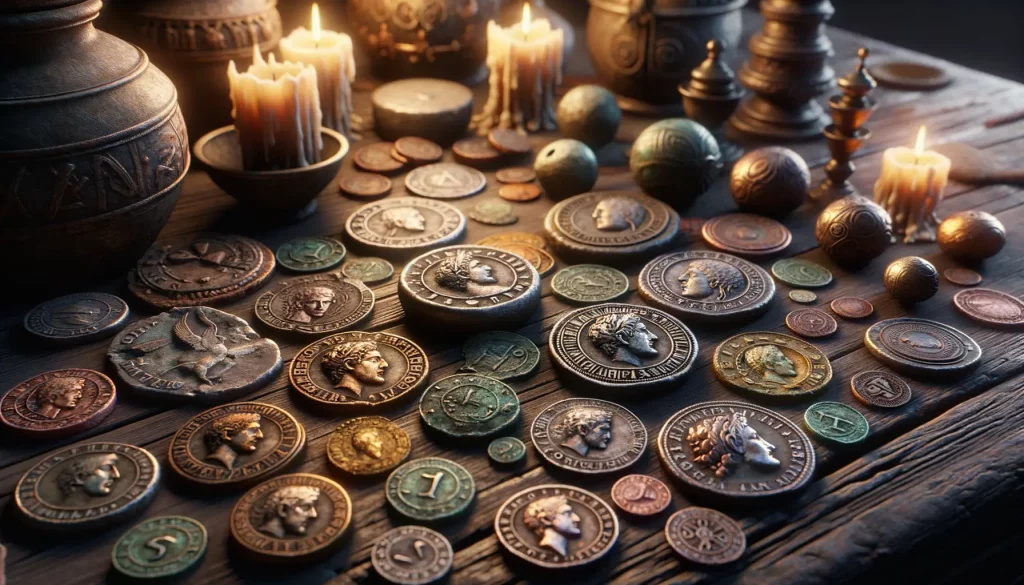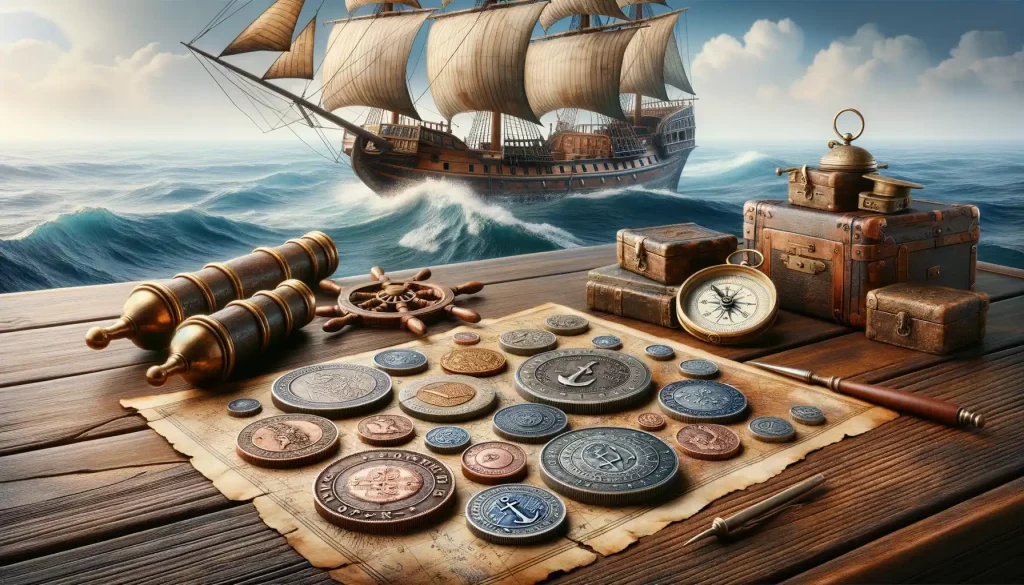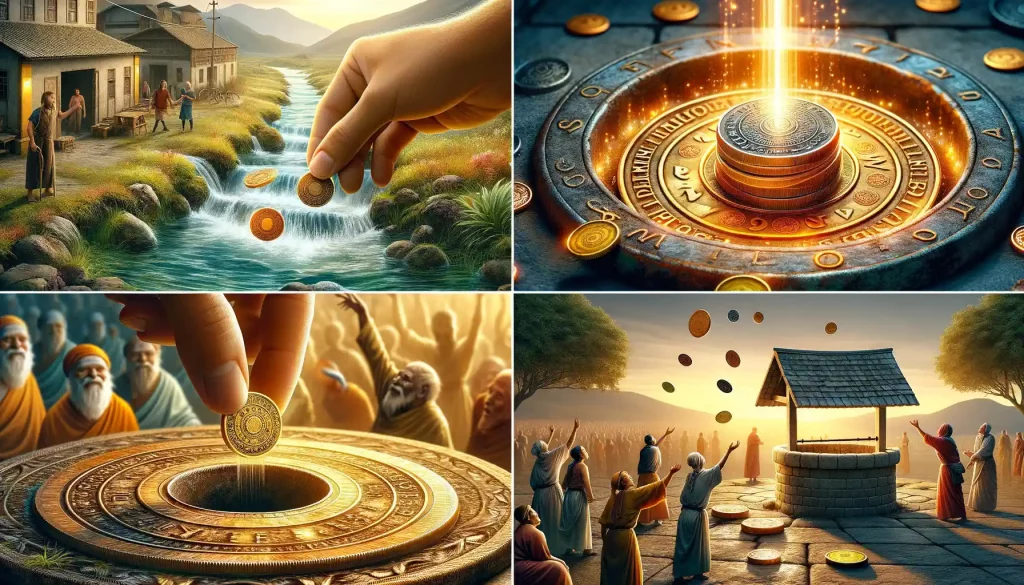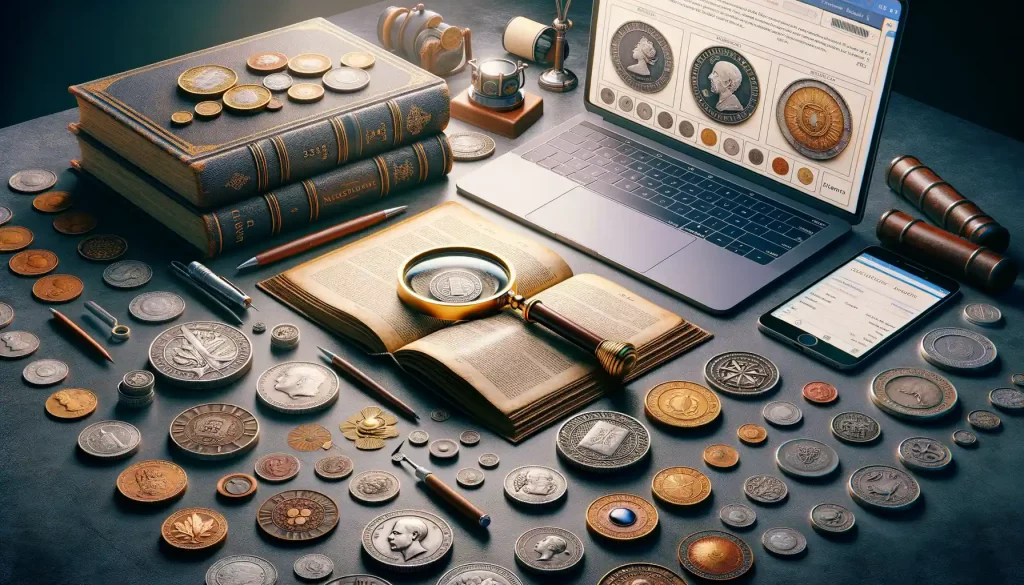Importance of Coins in Archaeology
Unlocking Stories Hidden in Metal
Coins are not just shiny trinkets from the past; they are intimate whispers of history. Imagine holding a coin that once passed through the hands of a Roman merchant, or perhaps a medieval traveler. These small, unassuming objects can be archaeological time capsules, each carrying secrets etched into their surfaces.
When archaeologists uncover coins, the real magic begins. Coins often bear dates, rulers’ names, and inscriptions. Just one discovery can pinpoint the timeline of a buried settlement like a neon sign flashing, “This is when we were here!” Beyond dates, coins also reflect identity — whose face or symbol graces the metal? That tells us who was in charge, where loyalty lay, and even what people revered.
- A key to regional power shifts: Coins emblazoned with changing rulers document political upheavals.
- A journey across borders: Found coins reveal paths of ancient trade and cultural exchange.
Each coin is a voice from the past, sometimes faint but always worth listening to. It’s no exaggeration to say these metallic storytellers bring our ancestors roaring back to life.
Historical Context and Dating Through Coins
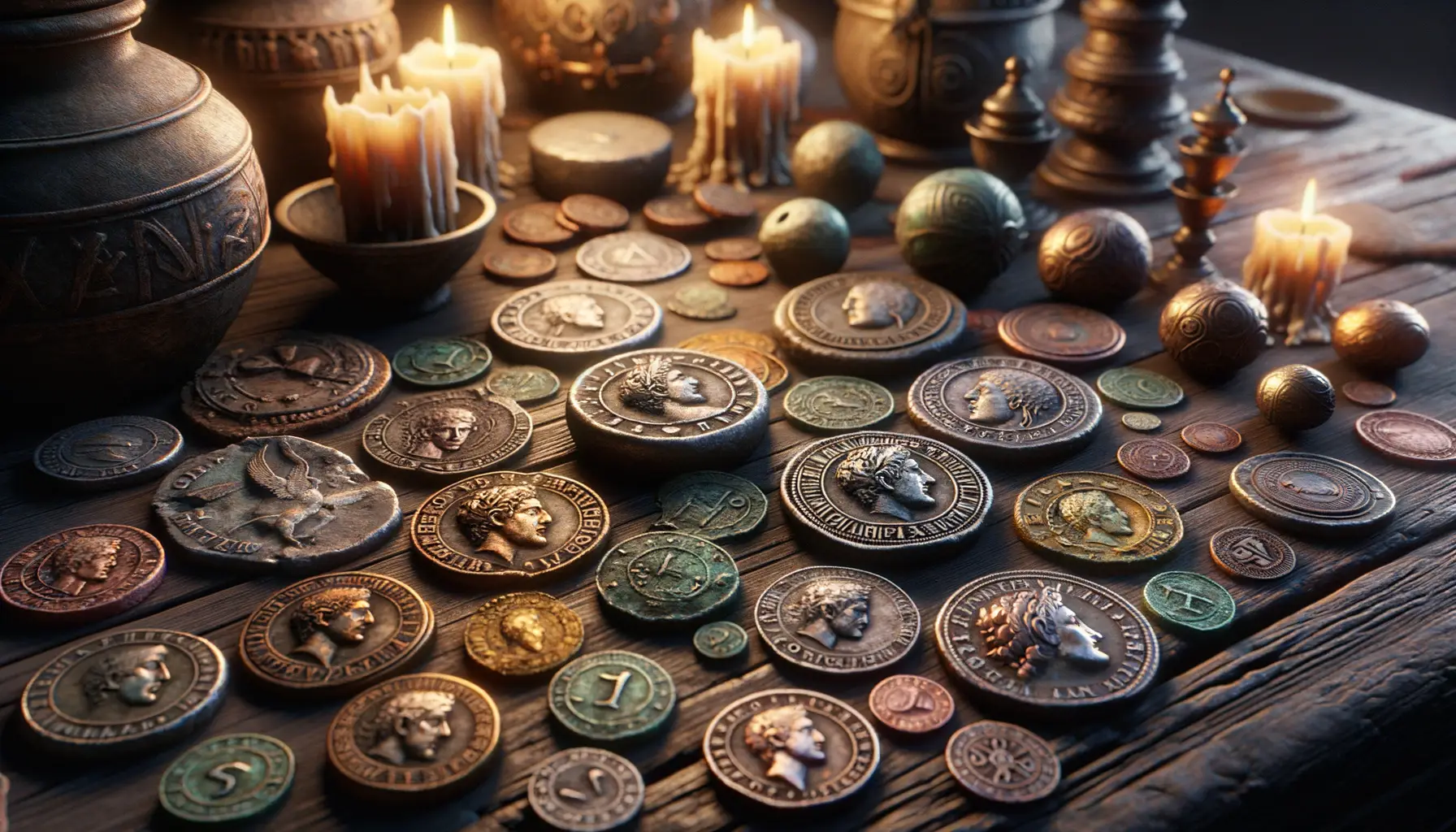
Uncovering Stories Hidden in Metal
Coins are like tiny time capsules—small, sturdy, and brimming with clues about the people who once held them in their hands. Imagine walking along an ancient Roman road and finding a coin etched with the face of Emperor Nero. Suddenly, you’re not just holding metal; you’re holding a piece of someone’s daily life, frozen in time. This is where coins shine as archaeological heroes.
Because coins are often stamped with dates, rulers’ names, or symbolic imagery, they help archaeologists anchor discoveries within a specific historical framework. For example, a coin found alongside pottery might confirm when that pottery was made, giving researchers a clearer timeline. But it’s not just about years—it’s about context. That coin serves as a handshake between the past and present.
- The rise and fall of empires can often be traced through coins depicting shifts in leadership.
- Even tiny differences in design—a changed hairstyle on a ruler’s portrait, for instance—can signal political upheaval or cultural trends.
Next time you see an ancient coin, think of it as a whisper from the past, eager to tell its story!
Technological Insights from Coin Analysis
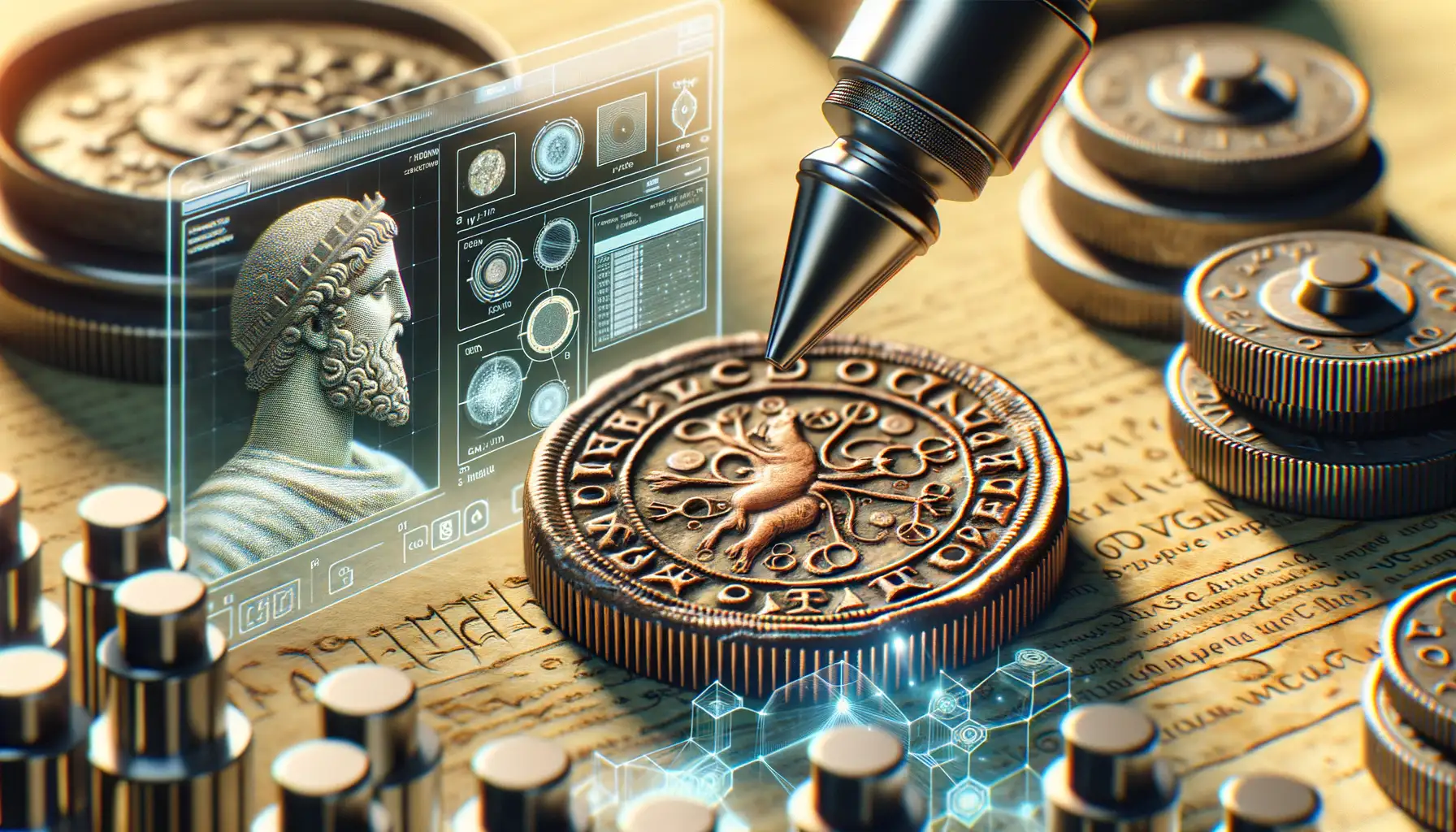
Decoding the Craftsmanship of Ancient Coins
Imagine holding an ancient coin in your hand—its weight, its texture. What stories does it hold? Through cutting-edge technology, archaeologists are unlocking these secrets, revealing not just history but the very hands that crafted them.
Using tools like X-ray fluorescence (XRF) and scanning electron microscopy, researchers dig beneath the surface—literally. These techniques uncover the elemental composition of a coin, offering a peek into ancient metallurgical practices. For example, was it pure silver, or alloyed with copper? These microscopic details whisper tales of resource scarcity, trade innovations, or even lapses in quality control during turbulent times.
- 3D scanning: Recreates precise imprints, exposing minuscule wear marks or errors in design molds.
- Isotopic analysis: Traces the metal’s origins back to specific mines, crafting a map of ancient supply chains.
This is where science meets art. A slight imperfection in a coin’s edge could indicate a worn-out die or show evidence of counterfeiting. It’s fascinating, isn’t it? Every scratch and alloy ratio transforms these artifacts from mere currency to clues in a global puzzle. And that puzzle? It’s still being pieced together.
Economic and Trade Networks Revealed by Coins
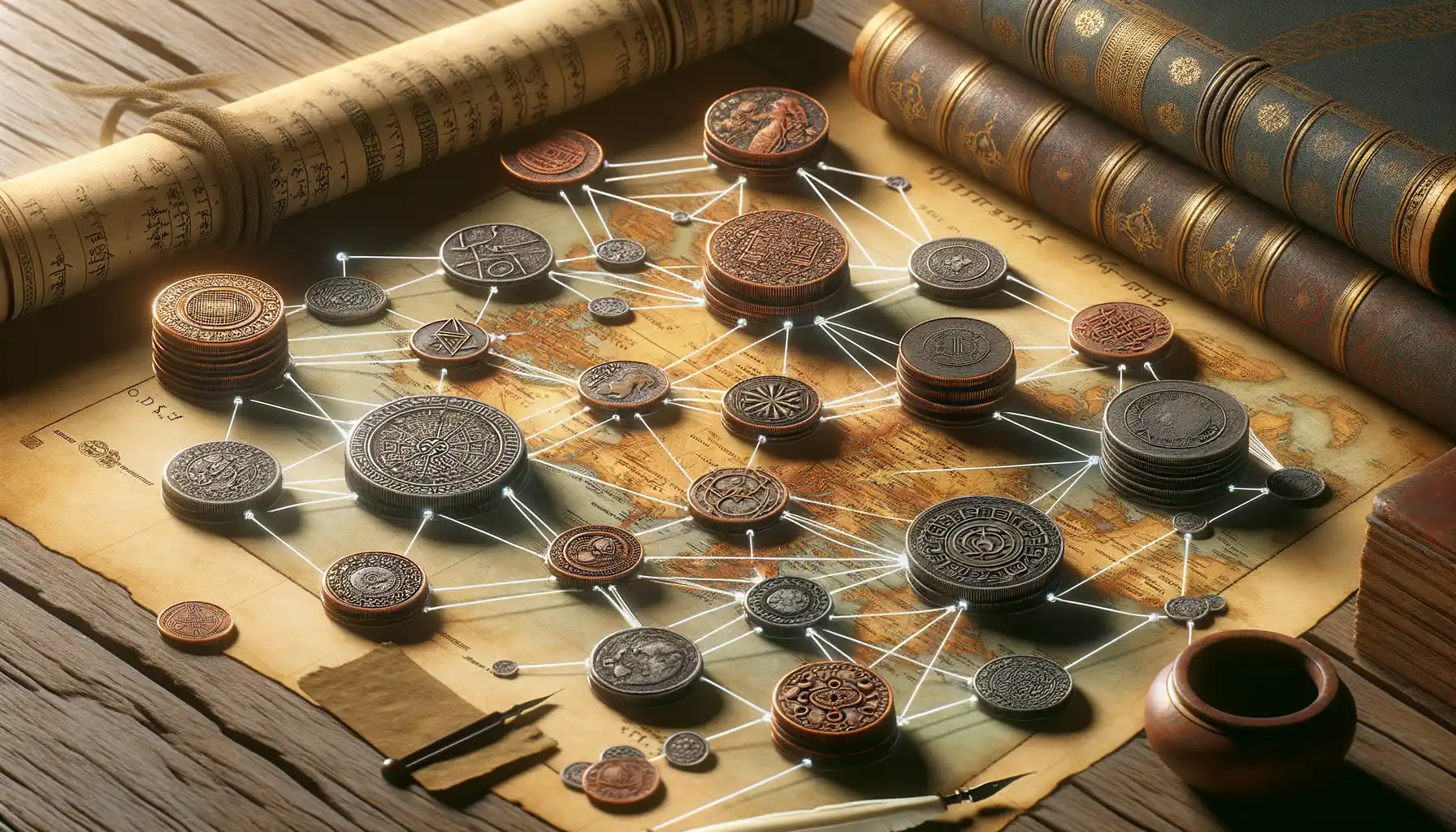
Coins as Clues to Ancient Trade Highways
It’s almost magical how a single coin can tell stories of bustling marketplaces, epic sea voyages, and far-reaching trade networks. Found buried under centuries of dirt, coins are like time travelers, whispering secrets of how ancient economies functioned. Imagine discovering a Roman denarius in India or a Chinese cash coin in Scandinavia—it’s not just surprising, it’s astonishing! These little metal discs map out the ancient world’s invisible highways, tracing the exchange of goods, cultures, and ideas.
Here’s where it gets even more fascinating: researchers have uncovered entire trade routes thanks to coins. A Byzantine gold solidus discovered in Northern Europe could point to Viking trade connections, while Islamic dirhams popping up in Eastern Europe reveal the pulse of Silk Road commerce. Coins aren’t just currency—they’re breadcrumbs leading to lost worlds.
- What traded hands along with these coins? Silk, spices, and precious metals.
- Who were their carriers? Merchants, soldiers, and adventurers chasing dreams.
Each coin is a tiny, metallic passport stamped by kings, empires, and merchants, stretching across thousands of miles and dozens of cultures. Isn’t it thrilling how even the smallest artifact holds the power to redraw the boundaries of history?
Challenges and Limitations in Using Coins as Archaeological Evidence
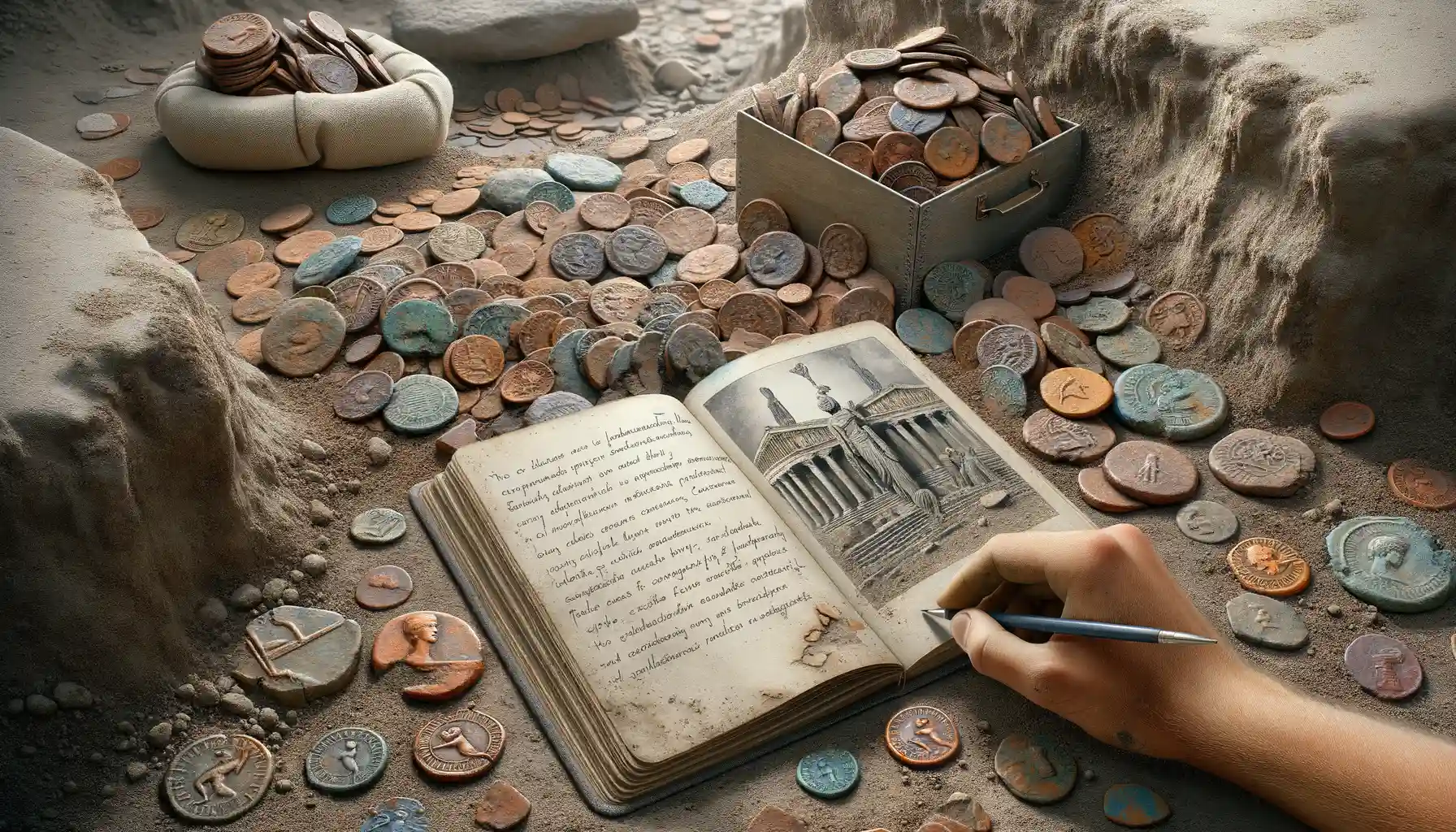
When Coins Tell Only Half the Story
Coins, dazzling little relics of the past, can often feel like golden breadcrumbs leading us to ancient truths. But here’s the twist: they don’t always spill their secrets easily. Using coins as archaeological evidence comes with its fair share of puzzles and pitfalls.
For starters, coins were designed for utility, not storytelling. Imagine trying to piece together someone’s entire life based on the notes in their wallet today—it’s just not the full picture. Similarly, a single coin discovered at a site might have traveled hundreds of miles from where it originated, carried in the pocket of a merchant or a soldier. This makes determining its real context an exercise in informed guesswork.
- Forgery: Ancient counterfeit coins are surprisingly common, crafted so convincingly they fooled traders—and sometimes even today’s experts.
- Fragmented Discoveries: Coins often surface in isolation or degraded by time, leaving archaeologists with a tantalizing but incomplete puzzle piece.
And then there’s the issue of overinterpretation. A coin stamped with the profile of an emperor doesn’t guarantee his influence reached that region; it could’ve simply been a relic of trade, not rule. Coins may sparkle with stories, but they refuse to make things simple—just like every great mystery.

